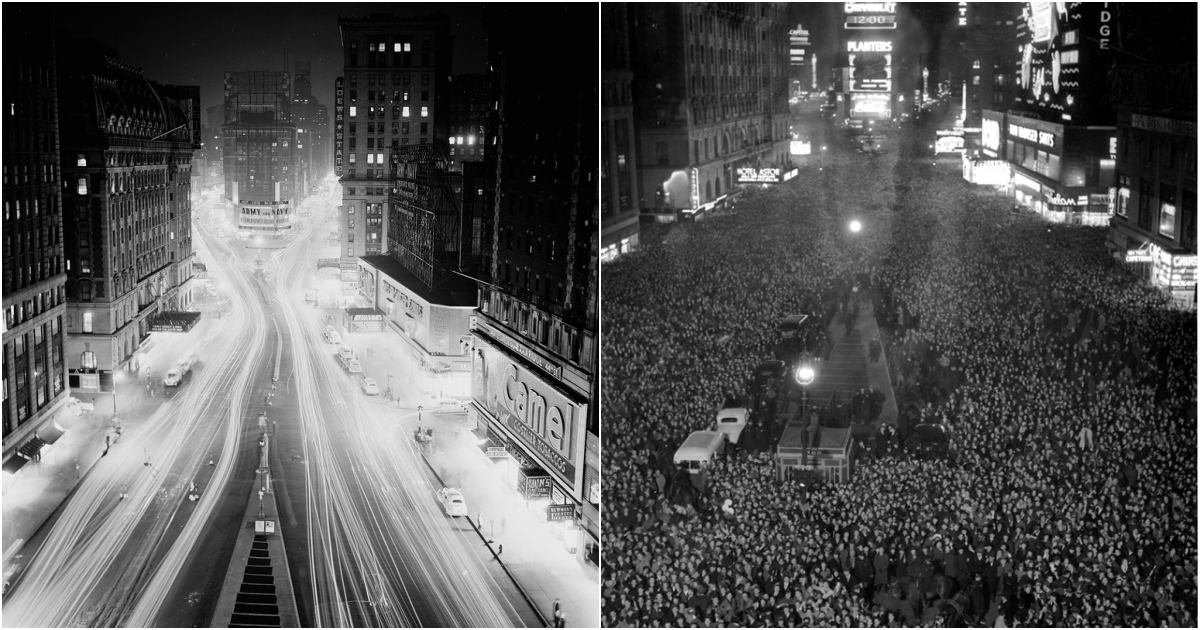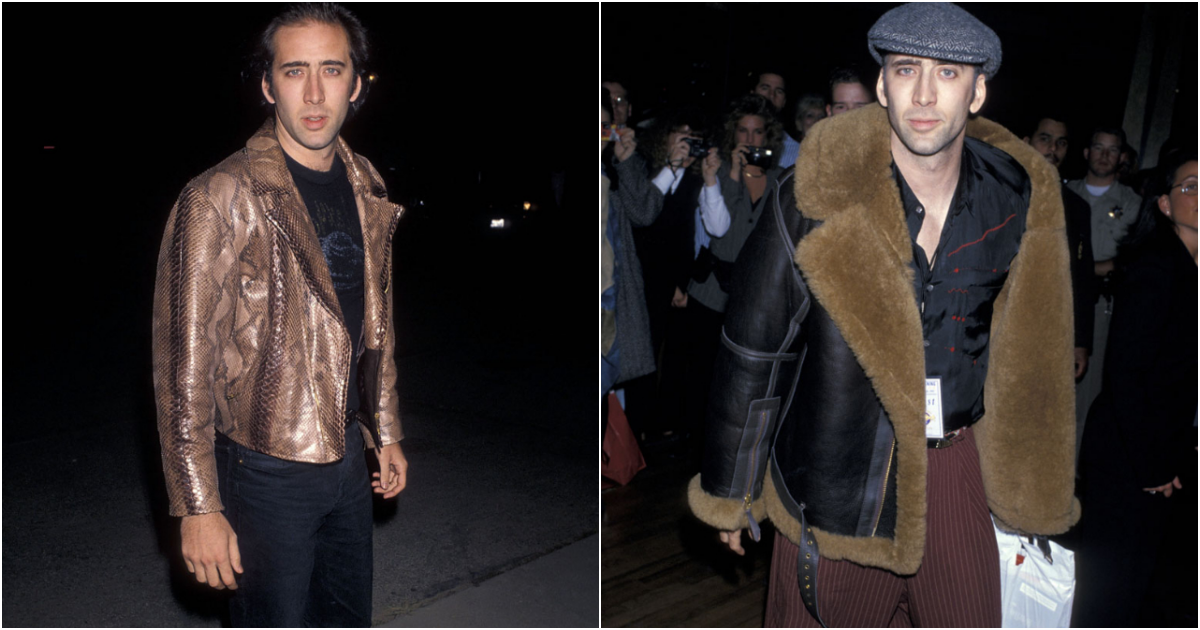The skyscraper can trace its ancestry back many years, millennia in fact, before the existence of New York City. The book of Genesis tells the story of Babel, the Babylonian city in which Noah’s descendants tried to erect the mythological tower: “Come, let us build for ourselves a city, and a tower whose top will reach into Heaven.” For their presumption the people were punished: their words were made incomprehensible to one another. This aetiological tale of the diversity of speech could easily be applied to New York, home to the speakers of some 800 languages, a city in which cab drivers routinely set their satnavs to Russian, Bengali or Serbo-Croatian.
![]()
The notion of a building soaring hundreds of feet above the pavement was in the nineteenth century given the name ‘skyscraper,’ a nautical term referring to a small triangular sail set above the skysail on a ship. In time, such edifices came to be seen as an intrinsic feature of Gotham’s landscape. By the 1930s, the Manhattan landscape was dotted with about 100 buildings worthy of the name skyscraper, albeit ones that responded to an early twentieth-century definition of the term, from the iconic Flatiron Building to the Gothic Revival Woolworth Building.
The technology used in constructing skyscrapers continued to develop in the 1930s. Time was increasingly a factor in the projects, and architects and their specialist teams developed faster ways to design and construct the buildings to minimize the interest payments during construction and hasten the arrival of rental income.
By 1930, skyscrapers were being erected in just 12 months by teams of workers totaling 5,000 men, with four floors being assembled in a typical week. Building skyscraper towers involved some adaption of engineering techniques, as effectively two different buildings were being designed – the base and the tower – which needed to be efficiently linked using elevators and other service facilities. Most new offices settled around a standard size, 9 feet (2.7 m) wide by 20 to 30 ft (6.1 to 9.1 m) deep, depending on the height of the ceiling, with multiple small windows considered better than a few larger ones. The output of electric lighting continued to improve, although this began to give off excessive heat within the offices. Air conditioning was first installed in a few skyscrapers during the 1930s.
![]() |
| View looking northeast of the new Fuller Building shortly after its completion, 1930. Photo: Irving Underhill. |
![]() |
| View looking southeast of the Daily News Building from Third Avenue EL,and is crossing with 42nd Street, ca. 1937. Photo: Unknown. |
![]() |
| Midtown Manhattan’s Grand Central district skyscrapers. View looking northeast from the 55th floor of the Empire State Building, 1931. Photo: Library of Congress. |
![]() |
| The new 70-story R.C.A. Building dominates the new Rockefeller Center complex, in this view looking west from the top of 444 Madison Avenue Building, 1933. Photo: Rockefeller Center, Inc. |
![]()
|
| View looking northwest of Barbizon Plaza Hotel from Sixth Avenue and 58th Street, 1930. Photo: Unknown. |
![]()
|
| View looking southeast of the Times & Life Building from the R.C.A. Building, 1937. Photo: Robert M. Damora. |
![]() |
| View looking north of the Empire State Building during its construction, 1930. Photo: Unknown. |
![]() |
| View looking southwest of Bricken Casino and 1400 Brodway building from Bryant Park area, ca. 1935. Photo: Berenice Abbott. |
![]() |
| Night view of Chrysler Building, ca. 1930. Photo: Samuel H. Gottscho. |
![]() |
| Aerial view of New Yorker Hotel, ca. 1930. Photo: Unknown. |
![]() |
| Midtown Manhattan skyline looking southwest from River House, 1931. Photo: Samuel H. Gottscho. |
![]() |
| Aerial view looking northeast of the Empire State Building at the time of this opening, 1931. Photo: Unknown. |
![]() |
| Aerial view looking northwest of the Empire State Building, 1938. Photo: Foto Seal. |
![]() |
| Wall Street skyscrapers. View looking east from Irving Trust Building, 1938. Photo: Berenice Abbott. |
![]() |
| Wall Street area skyscrapers. View looking southeast from the top of Irving Trust Building, 1938. Photo: Berenice Abbott. |
![]() |
| View looking southwest of The Majestic from Central Park, 1932. Photo: Library of Congress. |
![]() |
| View looking northeast of General Electric Building, from Park Avenue and 50th Street, ca. 1932. The St. Bartholomew’s Church is on foreground. Photo: Wurts Bros. |
![]() |
| View looking northwest of the Cities Service tower shortly before its completion, 1932. Photo: Unknown. |
![]() |
| View looking east of Chrysler Building from Lincoln Building, ca. 1931. Photo: Unknown. |
![]() |
| View looking north of the Empire State Building at the time of this opening. 1931. Photo: Unknown. |
![]() |
| View looking west of The San Remo apartment building from Central Park’s lake, 1931. Photo: Wurts Brothers. |
![]() |
| View looking southeast of Bricken Casino and 1400 Broadway Buildings, 1931. Photo: Fischer. |
![]() |
| View looking southwest of 444 Madison Avenue Building with the Empire State Building at background, left, 1931. Photo: Wurts Bros. |
![]() |
| View looking southeast of the Carlyle Hotel, 1938. Photo: Samuel H. Gottscho. |
![]() |
| View looking northwest of Cities Service Building from 120 Wall Street Building, 1932. Photo: Unknown. |
![]() |
| View looking north of the Empire State Building, during its construction, with the 500 Fifith Avenue under construction, at background, at right, Photo: Unknown. |
![]() |
| The Chanin Building at left, and Chrysler Building in this view looking west from Daily News Building, 1930. Photo: Unknown. |
![]() |
| Aerial view looking north of Lower Manhattan’s Financial District skyscrapers, 1939. Midtown Manhattan skyscrapers are visible at background. Photo: Unknown. |
![]() |
| View looking northeast of Fred F. French, 1937. Photo: Wurts Bros. |
![]()
|
| The 50-story General Electric Building at left, and 47-story Waldorf-Astoria Hotel in this afternoon view looking southeast, 1936. Photo: Berenice Abbott. |


































